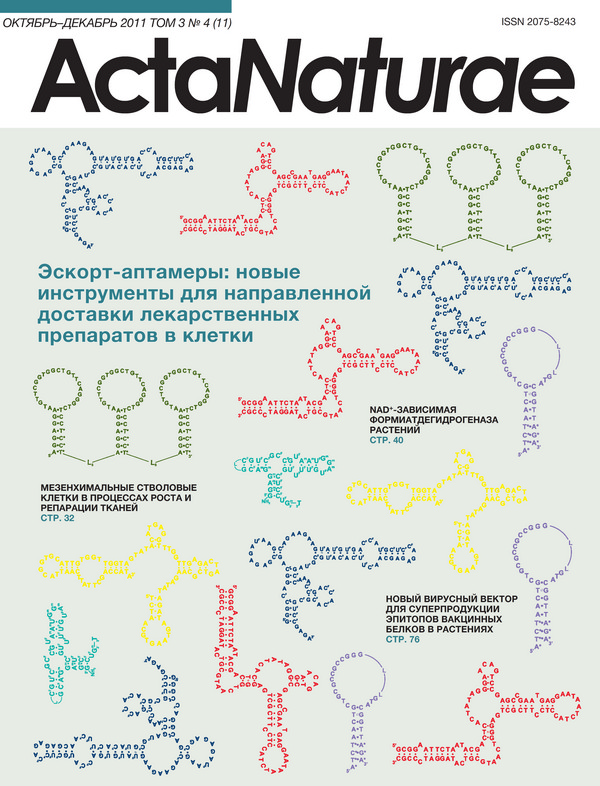Deficient Response to Experimentally Induced Alkalosis in Mice with the Inactivated insrr Gene
- Authors: Deyev IE1, Rzhevsky DI2, Berchatova AA1, Serova OV1, Popova NV1, Murashev AN2, Petrenko AG1
-
Affiliations:
- Shemyakin and Ovchinnikov Institute of Bioorganic Chemistry, Russian Academy of Sciences
- Branch of Shemyakin and Ovchinnikov Institute of Bioorganic Chemistry
- Issue: Vol 3, No 4 (2011)
- Pages: 114-117
- Section: Articles
- Submitted: 17.01.2020
- Published: 15.12.2011
- URL: https://actanaturae.ru/2075-8251/article/view/10663
- DOI: https://doi.org/10.32607/20758251-2011-3-4-114-117
- ID: 10663
Cite item







